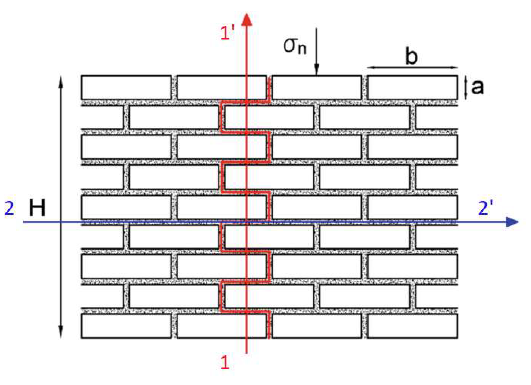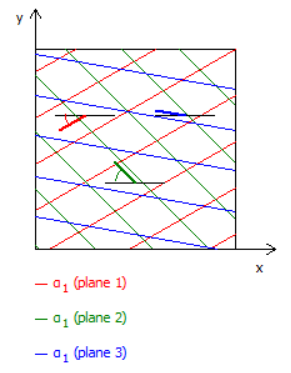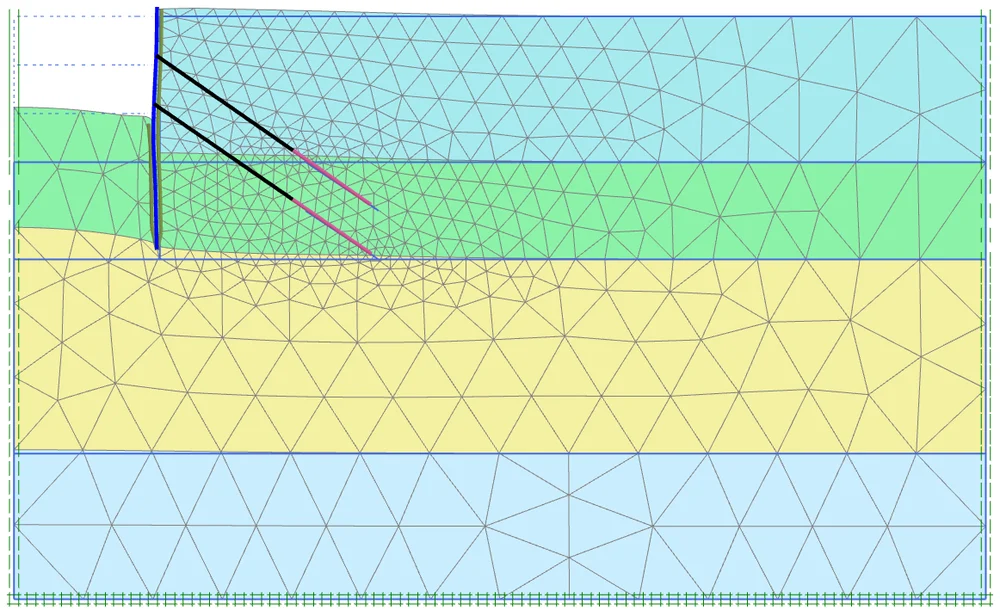In my previous blogs, I discussed various constitutive models for modelling the stress-strain behaviour of soils and rocks. It is important to use an advanced constitutive model that includes all relevant features of soil or rock behaviour, in view of the type of soil or rock, and the conditions that follow from the application. The corresponding model parameters shall ideally be determined from sufficient site investigation data. PLAXIS provides convenient facilities to help users determine appropriate parameter values.
Geotechnical applications often involve structures and other objects that interact with the surrounding soil. Although soil behaviour is generally more critical and complex than that of embedded structures, it is important that structures are modelled with the same accuracy as the soil. Apart from dedicated structural elements and interfaces for soil-structure interaction, PLAXIS includes special constitutive models to use the standard volume elements to model structural material volumes. To be concrete, I will discuss the constitutive models for concrete and masonry in this blog.
Concrete model
Concrete is a well-known material in civil and geotechnical engineering. Foundations, walls, basement floors and tunnel linings are mostly made of concrete. Concrete is much stiffer and stronger than soil, so in many geotechnical applications it can be regarded as a linear elastic material. However, to optimise the design of (unreinforced) concrete structures embedded in the ground, the concrete shall be modelled as a non-linear and time-dependent material. Starting as a model for shotcrete tunnel linings (Schädlich & Schweiger, 2014), the Concrete model involves several features of concrete behaviour that are not included in the linear elastic model:
• Elastic stiffness behaviour, allowing for curing of young concrete in the short term
• The material strength allows for curing in the short term as well
• Mohr-Coulomb strain hardening / softening and failure criterion in compression and shear
• Rankine failure criterion and strain softening in tension
• Regularization of the softening behaviour, to reduce mesh-dependence of the results
• Time-dependent visco-elastic creep behaviour in the long term
• Stress-independent shrinkage behaviour
Using the Concrete model in PLAXIS leads to a more realistic stress distribution in thick (unreinforced) concrete floors, walls or tunnel linings. Peak stresses in edges and corners are generally lower due to plastic deformation than when using the linear elastic model. If your concrete structure is not allowed to include high peak stresses, you may benefit from the Concrete model to obtain a more realistic stress distribution.
Masonry model
The construction method of building bricks in a regular pattern, connected by mortar, is very old. During the Roman Empire, many buildings, bridges and aqueducts, were built of masonry; several still exist; some are even 2000 years old.
Apart from bridges and aqueducts, masonry has been used in geotechnical and hydraulic engineering to build quay walls and soil retaining structures. Although most of such structures are nowadays built in concrete, the stability assessment and retrofit of existing masonry structures may involve finite element calculations in which masonry is accurately modelled. Another application is dynamic earthquake simulations to analyse the effects of earthquakes on masonry buildings.
PLAXIS has a user-defined model for the modelling of masonry structures. This model has been developed in collaboration with the Sapienza University of Rome (Amorosi et al., 2014; Lasciarrea et al. 2019). The Masonry model involves anisotropic strength with predefined failure directions based on the typical pattern and structure of the bricks. The Masonry model is based on the Jointed Rock model (see previous blog on rock models). The figure shows the characteristic failure mechanisms along the head joints (1-1’) and the bed joints (2-2’) that are considered in the model. The Coulomb shear strength and tensile strength parameters in the different failure directions depend on the mechanical properties of brick and mortar as well as the geometrical brick properties a and b.

Figure1. Characteristic failure mechanisms in a masonry structure
Structural modelling as part of your geotechnical analysis
Although PLAXIS is not meant for structural design, it includes dedicated structural elements and constitutive models to simulate structural objects and their interaction with the surrounding ground. These models enable an accurate calculation of structural stresses, forces, deformations and mechanisms as part of your geotechnical analysis. The following models were discussed in this blog:
• The Concrete model is a non-linear and time-dependent constitutive model to simulate the behaviour of (unreinforced) concrete structures embedded in the ground.
• The Masonry model is a linear elastic perfectly plastic model with predominant anisotropy directions, corresponding to the characteristic failure mechanisms observed in masonry structures.
If your project involves such structural materials, do not hesitate to use the above models and discover the structural modelling capabilities in PLAXIS as part of your geotechnical finite element analysis.
Text by Dr. Ronald B.J. Brinkgreve, Bentley Systems, 24.03.2021
References:
1. Schädlich B, Schweiger HF (2014). A new constitutive model for shotcrete. In: Numerical Methods in Geotechnical Engineering – Hicks, Brinkgreve & Rohe (Eds). Leiden: CRC press. 103-108.
2. Amorosi, A., Boldini, D., de Felice, G., Malena, M., Di Mucci, G. (2014). Numerical modelling of the interaction between a deep excavation and an ancient masonry wall. In: Geotechnical Aspects of Underground Construction in Soft Ground – Yoo, Park, Kim & Ban (Eds). Seoul: Korean Geotechnical Society.
3. Lasciarrea WG, Amorosi A, Boldini D, de Felice G, Malena M (2019). Jointed Masonry Model: a constitutive law for 3D soil-structure interaction analysis. Engineering Structures, 201.




